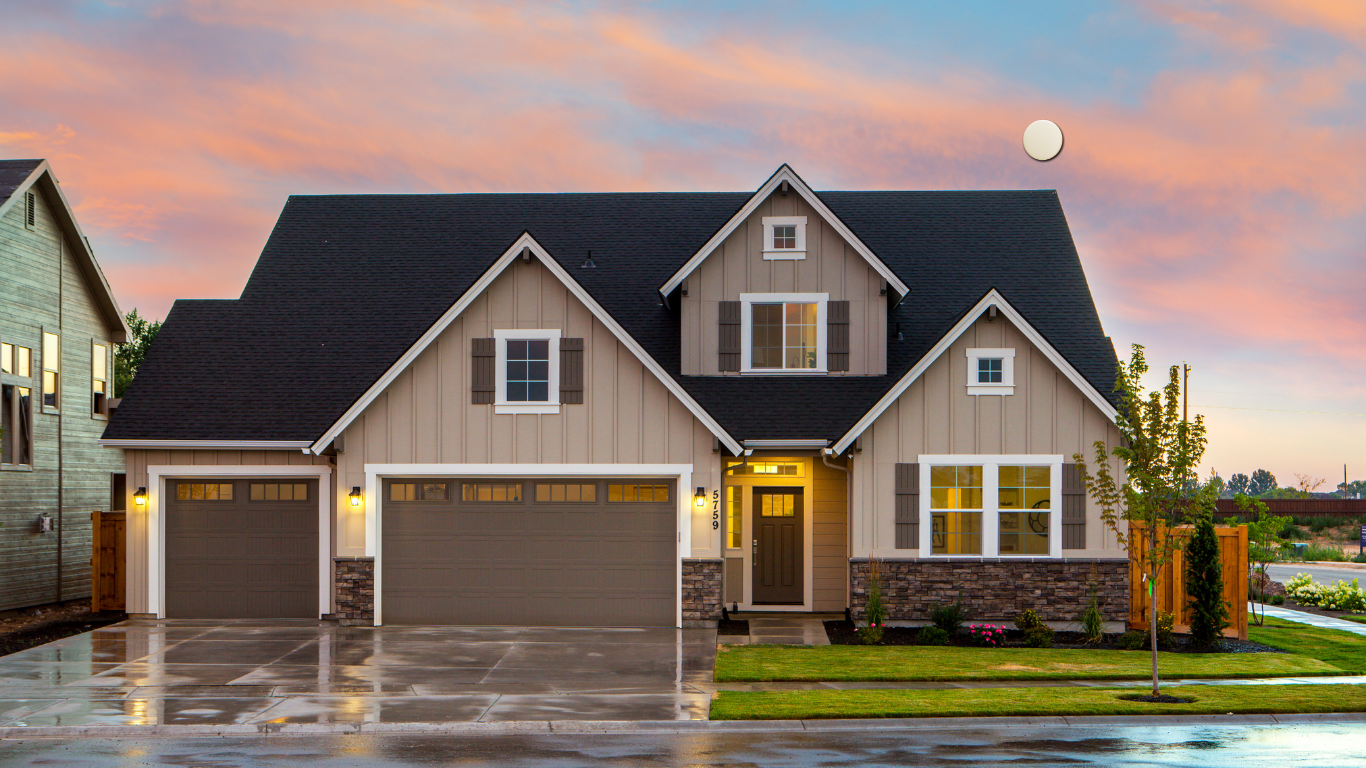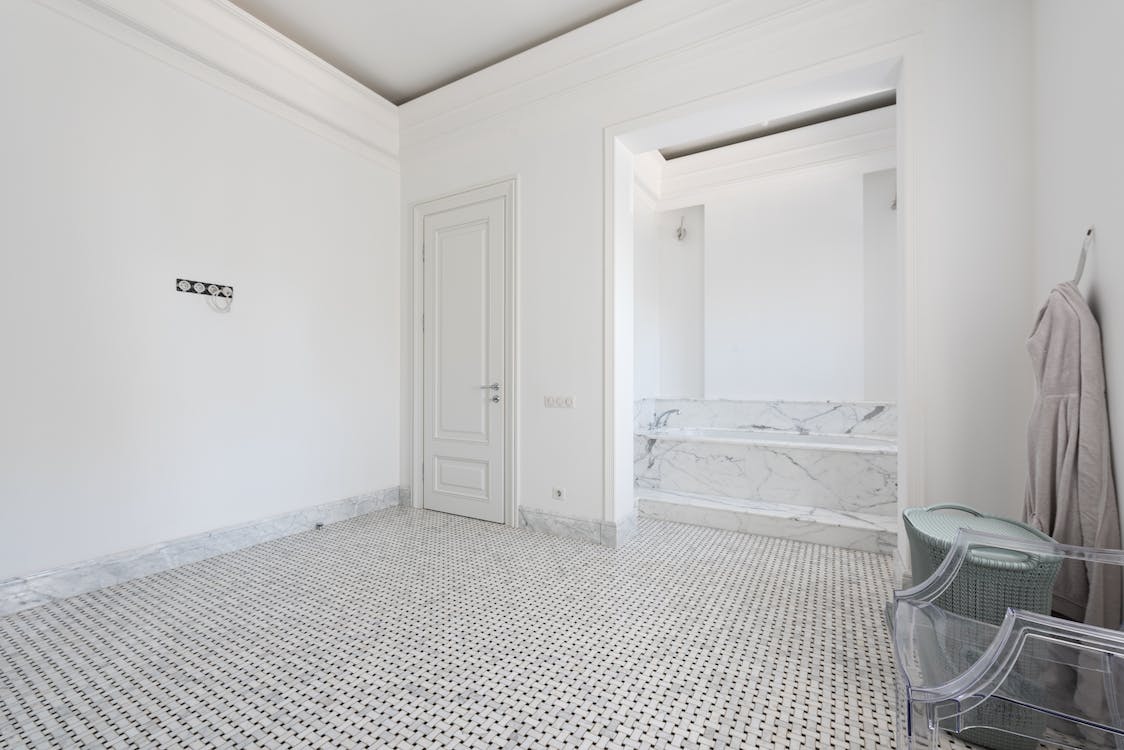Home modification costs a lot. But the good news is, you don’t have to spend cash on yourself. Home improvement loans allow you to cover the cost of upgrades.
For example, technical home extension loans, such as the FHA 203 (k) mortgage, go live specifically for financing a home extension system.
And there are standard loans – such as cash – eschewed refinance or home equity loan – that gives you cash that can be used for home reading or something else. So, Which Home Extension Loan Is Right For You? And where can you get good quality products for home improvement? There is no reason to think about it because online demand is suggesting to you is the best for you.
Cash-out refinance
One popular way to get plutocrat for a home improvement design is with cash–eschewed refinance.
It works like this, You refinance to a new mortgage loan with a bigger balance than what you presently owe. Also, you pay off you are being mortgaged and keep the remaining cash.
The plutocrat you admit from cash– refinance comes from your home equity.
It can be used to fund home advancements; although there are no rules that say cash – finances must be used for this loan purpose. You can just as fluently invest your cash, or put the lump sum into your bank account.
When a cash-out refinance is a good idea
Cash – refinance is frequently stylish for homeowners who can reset their loans at a lower interest rate than their current mortgage.
You may also be suitable to acclimate the term length to pay off your home sooner.
For illustration, let’s say you had 20 times left on your 30 – time loan. Your cash– could be a 15 – time loan, which means you’d be listed to pay off your home five times before.
So, how do you know if you should use cash – refinance? You should compare costs over the life of the loan, including ending costs.
If you looking to buy home improvement goods, I will recommend you Home Depot Online store. Where you will find the best home improvement products at a reasonable price.
FHA 203(k) rehab loan
An FHA 203 (k) recovery loan also bundles your mortgage and home improvement costs into one loan.
But with an FHA 203 (k), you don’t have to apply for two separate loans or pay ending costs doubly. Rather, you finance your home purchase and home advancements at the same time, when you buy the house.
FHA 203 (k) recovery loans are great when you’re buying a fixer-upper and know you’ll need loan backing for home enhancement systems soon.
And these loans are backed by the government, which means you’ll get special benefits – like a low down payment, and the capability to apply with a less–than–perfect credit profile.
Home equity loan
A home improvement equity loan (HEL) allows you to adopt against the equity you’ve erected up in your home. Your equity is calculated by assessing your home’s value and abating the outstanding balance due on your being mortgage loan.
Unlike cash refinances, a home equity loan doesn’t pay if you’re being mortgaged.
Still, you’d continue making its yearly payments, while also making payments on your new home equity loan, If you formerly have a mortgage.
Related post: How can you earn a good amount of money from the comfort of your home place?
When a home equity loan is a good idea
A home equity loan “ is dispersed as a single payment outspoken. It’s analogous to an alternate mortgage,” says Bruce Ailion, Realtor and real estate attorney.
With a home equity loan, your home is used as collateral. That means, analogous to a mortgage, lenders can offer lower rates because the loan is secured against the property.
The low, fixed interest rate makes a home equity loan a good option.
If you need to adopt a large sum. And you’ll likely pay ending costs on this loan. So the quantum you’re adopting requirements to make the added cost worth it.












